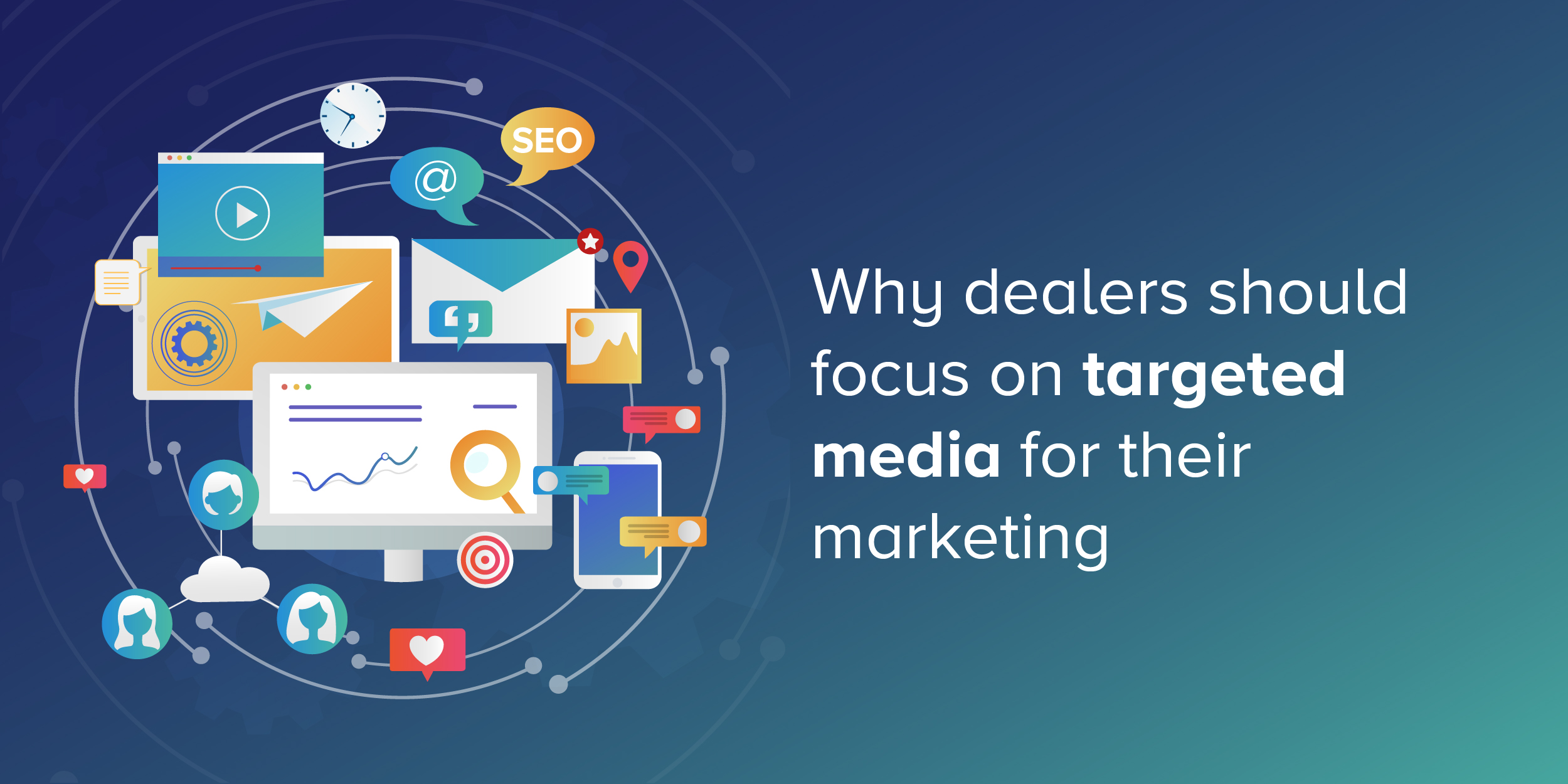Ever wonder about the technical ins and outs of sending an email? Hint: it’s a lot more than just clicking 'Send'. At GSM, we manage email campaigns for every Tier in the automotive industry. So, we asked our digital gurus to help demystify the 'Who', 'How', and 'What' behind email. We put together this handy series on email deliverability to help you understand what goes on behind the scenes.
Think outside the inbox
There are many factors that contribute to an email’s success, but some are more important than others. Things like click-through rate, open rate, and bounce rate are not the only aspects to consider when bench-marking the success of your email campaigns. As email volume continues to increase (by 18%)1 year-over-year, the importance of developing effective strategies will become the difference between ‘open’ and ‘delete.’
Are you ready to become an email guru?
Download our free Email Delivery Guide![]() for actionable best practices and more!
for actionable best practices and more!
The Basics: Understanding Email Delivery, Email Deliverability, and Sender Reputation
Just because an email makes it to an inbox, does not mean it was successful. This illustrates the fine line between email delivery and email deliverability. Email delivery means your email was sent to any mailbox, including spam, without being rejected or bouncing. Email delivery is important because it affects your sender
reputation and the overall success of your emails.
Email deliverability is the ability to deliver emails to subscribers’ inboxes without bouncing, getting lost, rejected, blocked, or driven to the spam folder. Three main areas affect the deliverability of your emails:
proper sender identification (who), sender reputation (how), and email content (what).
Last, sender reputation refers to the reputation of your email-sending IP address. Your unique IP address tells inbox providers (Outlook, Yahoo!, Hotmail, Gmail, AOL) whether or not you’re a spammer. Sender reputation is based on factors such as content quality, quality of contacts, and engagement levels of previous emails sent
from your IP address.
Who should receive the email?
Basic email compliance: opting in
Data and communication policies will continue to develop and evolve, making it even more important to understand how these changes affect ‘how’ you send emails and ‘who’ should receive them. As a best practice, you should ALWAYS use an opt-in method for your email campaigns. This guarantees your business is not breaking any communication or compliancy laws.
In email marketing, there are two opt-in methods–the single opt-in and the double opt-in. Both approaches are secure ways of safely collecting new contact information and growing your subscriber list. The single opt-in method is a sign-up process in which the user does not need to confirm that he or she signed up or submitted their information to your business. The double opt-in method requires users to confirm they chose to join your email list. This is typically done by emailing the address the user submitted.
Which method is best-- single opt-in or double opt-in?
When considering the two options, there is no right or wrong answer. However, before making a decision, your
business needs to consider its timeline and goals for list growth, customer experience, list quality, and sender reputation.
Optimizing your emails’ deliverability
A strong email strategy looks beyond its KPIs and questions:
- Who should receive the email?
- How is the email sent?
- What should be included in the content?
Stay tuned for Part 2 where we cover how you should send your emails and why. Follow along with us to learn how to keep your delivery rate high, your bounce rate low, and your database squeaky clean.
1 Yes Lifecycle Marketing, 2018: Q4 Email Benchmark Report: A Marketer’s Guide to 2018
2 Federal Trade Commission: CAN-SPAM Act: A Compliance Guide for Business










